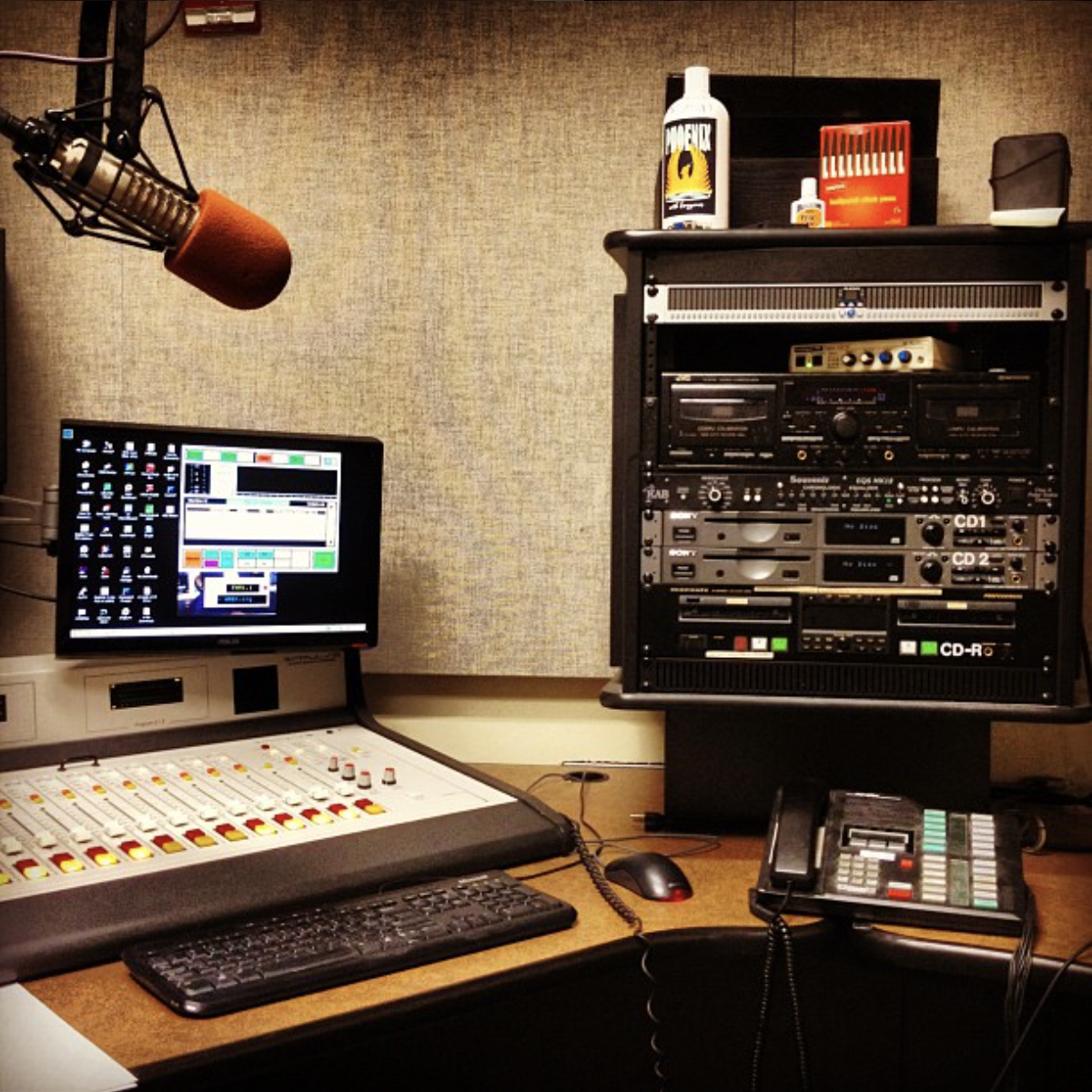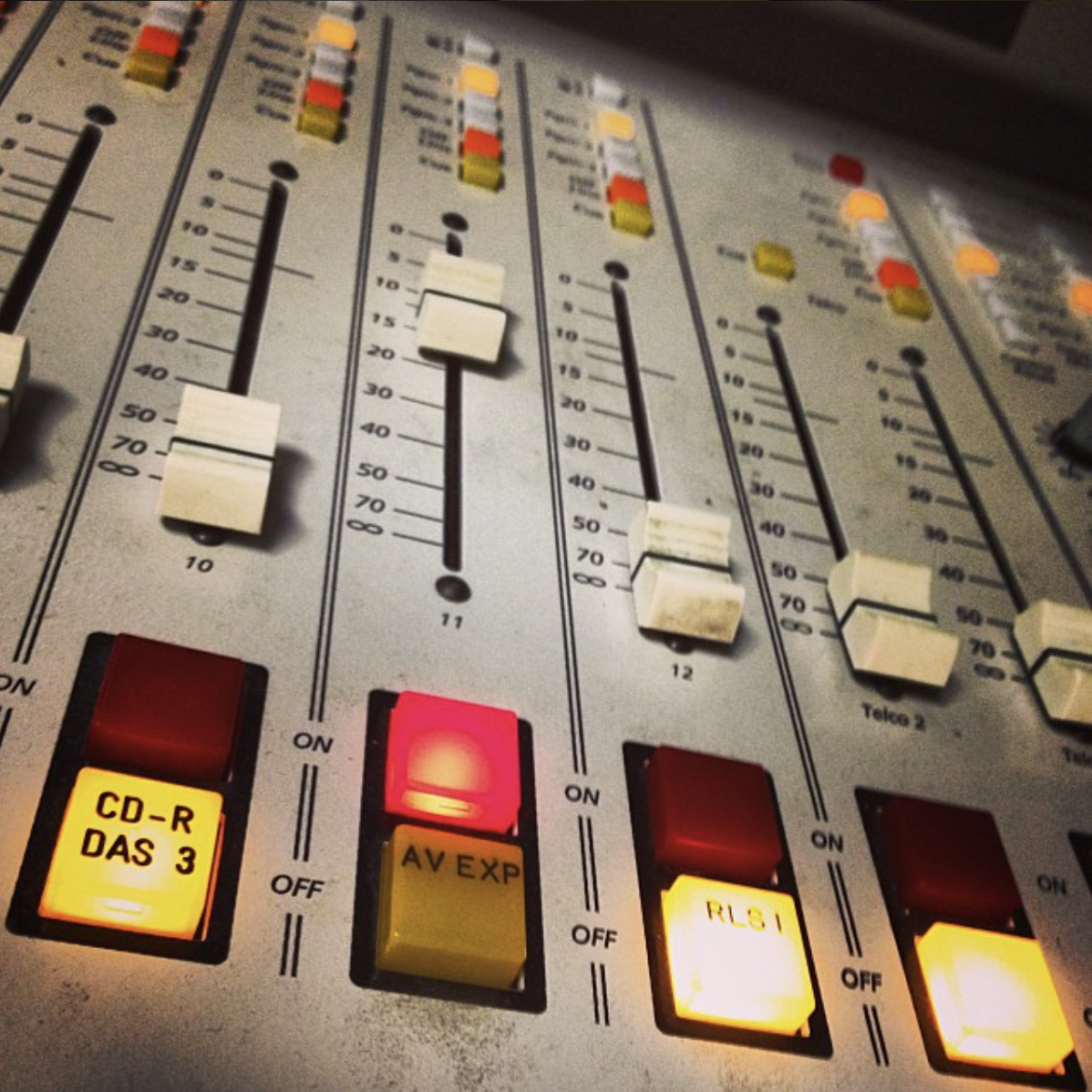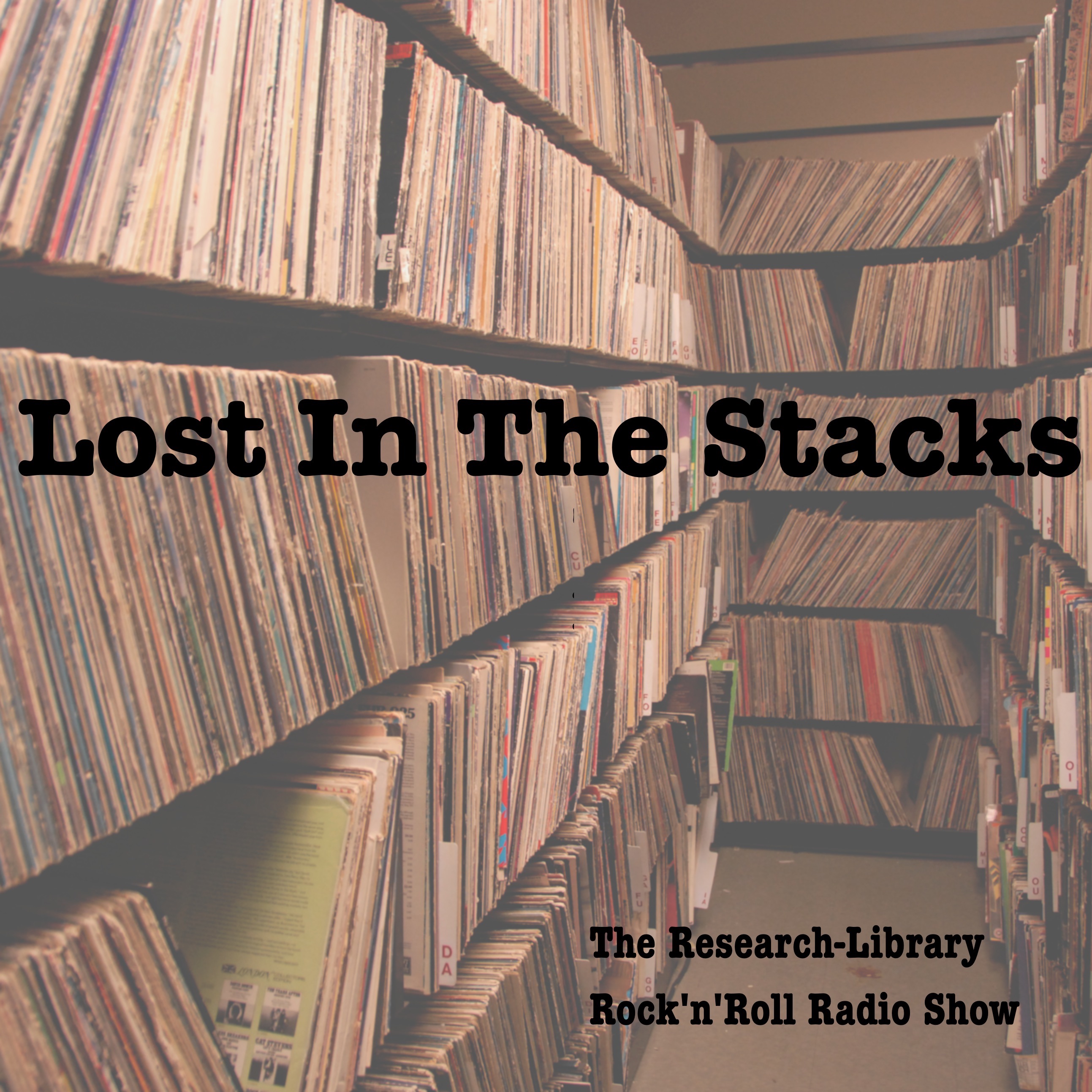Photos
Blurb / Gallery Set




Author & Interviewer: Nethra Rammohan
Introduction
People are listening to podcasts now more than ever before. Podcast statistics from Edison Research and Triton Digital — who have reported on audio habits for the past 22 years — show that in 2020, podcasts reach over 100 million Americans every month.
With the industry continuing to soar in listenership, and technology/resources becoming more accessible, anyone can launch a successful podcast and garner an attentive audience.
The question is, how?
I recently chatted with Charlie Bennett — public engagement librarian, Georgia Tech alumnus, and podcast veteran —and together, we curated a guerilla-style guide for anyone that may be interested in foraying into the medium. Over the course of 10 helpful steps, Charlie provides tips on how to conceptualize, execute, and launch a podcast.
Step 1: Narrowing Down the Focus of Your Podcast
NR: How do I find my niche? What steps can I take to move from a broad idea to a more well-defined topic?
CB: Most people want to communicate, make connections, and develop community. Figure out what it is you want to talk about: what’s your subject? Recognize that giant umbrella subjects — like art, culture, or love — that’s not what your podcast is about. Start to do the narrowing and [getting to] the cone of your subject—What is it about the larger thing that makes you want to engage in conversation? And what about that narrow subject makes you feel like you would have an impact on the world? That’s what lays out the framework for your podcast and lets you know what area you’re supposed to be in.
Step 2: Defining Audience Expectations
NR: What do I need to let my audience know? What should/shouldn’t they expect?
CB: Everybody who makes work like this — those who write or produce, they’re thinking about their audience, and who they’re trying to reach. With podcasting in particular, you’re thinking about your individual listener, because you’re crafting this singular experience where you’re going to evoke emotion. Ask yourself- what does it matter if you let people in on your conversations? What does it matter if you present this really personal, particular information?
Podcasts have become the most prominent form of niche media. If you have something that only a thousand people in the world are interested in, it is so much easier to deliver it through the internet in these packages than ever before. And you can find those people. Question is why are you doing it, and what kind of community do you want to create?
Step 3: Selecting a Suitable Format
NR: Which format (monologue/interview-show/story-based) would be most suitable for my idea?
CB: When it comes down to what I think is successful, I can estimate the success of various formats. But really, as a potential podcast producer- what is it that you find successful? What is it that you think works? You need to learn what works on you, so you know what will work on other people. Emulate strategies that are successful to you, and steal from your favorites.
Step 4: Choosing Show Elements
NR: What should I keep in mind when selecting and finalizing show aesthetics, such as the soundscape, titles, and cover art?
CB: Here’s the summation tip: figuring out those things, establishing these useful constraints, or making decisions for all of your episodes is supposed to make it easier on you. It’s a template that will allow you to concentrate the most on your work. If there’s something that you’ve decided will be helpful to the podcast, then sit with it. If you’re interested in playing with different aesthetics or mimicking the evolution of the medium, then you’re going to transform your aesthetic as you go, on purpose. Think about it as the way to make your life easier. Since you’re trying to create an effective experience that communicates your particular vision- you need to know what that vision is before you put the parts together.
Step 5: Hardware Recommendations
NR: What kind of equipment should I use?
CB: My recommendation is to be comfortable with the quality that you can get, even if that’s just your iPhone. As an instructor and consultant for podcasting, I just want people to think less about the tech, more about the show and what they want it to do, and then let the tools sort it out.
All you need to do is reach the level your audience wants you to reach. If you’re creating a podcast about Guided by Voices, no one wants a really shiny, beautiful soundscape. They just want the content. But if you’re trying to reach an audiophilic audience, you’d need a cardioid or condenser mic, you’d have to have very careful sound baffling to minimize your echoes, etc.
Step 6: Software Recommendations
NR: What are some budget-friendly, entry-level software options to edit my podcast?
CB: Because Audacity is a free, open-source software, it’s the way for someone who doesn’t know if they’re going to do this for a long time, or for a living- it’s like a sampler. It’s my personal favorite, and what we use to edit Lost in the Stacks.
Step 7: Recording and Editing
NR: Where is the best place to record my podcast? What should I keep in mind when editing each episode?
CB: Your recording space should be small, soft and irregular. That is to say, a blanket fort is the best studio. And with editing, it’s something you can do with a crazy amount of detail. You can focus on picking out every “um” or every little breath. Don’t get lost in the little details of editing. Think more about how editing is you being able to put sound where you want it, when you want it, as loud as you want it, throughout the podcast. It’s not about cutting out little segments or bits to make it perfect; it’s about taking out big chunks to get to the core of what you communicate.
Step 8: Launching the Podcast and Distributing It
NR: How do I get my podcast out there?
CB: The thing to remember is that you’re not trying to put your podcast out on the internet; you’re talking to people, and you’re advertising to people. It’s about finding your audience and your community: that’s launching. It’s not about putting an ad in the paper; it’s about delivering it to your eager base audience. There are two pieces to growing your podcast's audience: identifying the kind of listener you think would be dedicated (even obsessive!) and a strong supporter of your work, and then finding a way to connect with that kind of listener at a large scale. For Lost in the Stacks, one of our key audiences is librarians, of course. So, we give presentations about the show at library and academic conferences, we have librarians from other institutions as guests, and we pitch ourselves as potential feature material for library magazines. And remember, your podcast is not "for everyone." Some won't like it, so find the people who will love it.
As for distribution, I can't do any better than Transom or even Apple Podcasts when it comes to explaining the tech. I like to let a service like Libsyn handle my RSS feed and all that back-end stuff, so I can concentrate on finding the absolute best Explosions in the Sky tune to use as a backing track for a sound collage.
Step 9: Promoting the Podcast
NR: How can I expand the reach of my show, and garner more patrons?
CB: The best way to promote your podcast and spread it is to be a guest on other podcasts and have guests on your podcast. Getting people to know more about your podcast or your work, is getting them into your sphere.
Step 10: Helpful Resources
NR: Where can I find more information on the podcasting process?
CB: I love Transom, which started as an organization to support independent radio producers and is now a fantastic resource for podcasters. Here is a quick start guide:
Choosing an audio editor
CB: Start with this excellent (and still relevant despite being five years old) overview by Jeff Towne.
There are multiple links in the piece to other essays and resources on the Transom website, including profiles and comparisons of individual editors. Transom is a professional resource for independent radio producers and podcasters – they know their stuff.
Digital audio editing basics
CB: This set of Transom links that will get you in the right mindset for editing your audio.
Tweaking Levels Voice Processing
Sound design
CB: Your project will benefit from an understanding of sound design. This episode of How Sound is a great introduction and of course Transom has a bundle of essays on sound design.
Georgia Tech Resources for Podcasting
CB: Be sure to connect with the Communication Center and the Gadgets @ The Library (once COVID restrictions are lifted)
Charlie Bennett projects
CB: Lost in the Stacks is the original research-library rock'n'roll radio show, broadcasting on WREK Atlanta and podcasting around the world. Each week, we feature an hour of music, interviews, and library talk united by a common theme.
In May of 2020, Lost in the Stacks was featured in American Libraries, the official magazine of the American Library Association.
Supercontext is on long-term hiatus but there are 200 episodes of this foul-mouthed media-critique podcast.
Happy Podcasting!
This story was written by third year LMC major, Nethra Rammohan for Jillann Hertel’s special topics course, Media for Community Building.
For further inquiries, please contact Senior Academic Professional Jillann Hertel.
